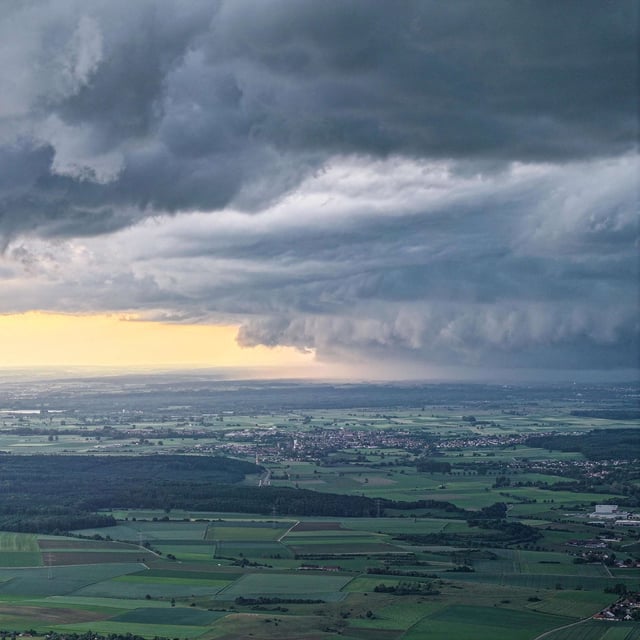Overview
- The Hundertjähriger Kalender, created by 17th-century monk Mauritius Knauer, predicts a “Venusjahr” 2025 marked by more wet than dry weather if it rains on Gervasiustag.
- According to its age-old rule, rainfall on June 19 triggers a 40-day stretch of rain that many rural users still consult as a seasonal guide.
- Meteorologists currently forecast thunderstorms and heavy showers across southern and eastern Germany on Gervasiustag but say long-term projections remain uncertain beyond that day.
- Modern weather models, including those used by Wetter.com and the Deutscher Wetterdienst, anticipate a hot, dry summer with below-average rainfall after June.
- The Deutscher Wetterdienst dismisses the calendar’s accuracy as coincidental and emphasizes the limitations of long-range forecasts even with advanced meteorological methods.



